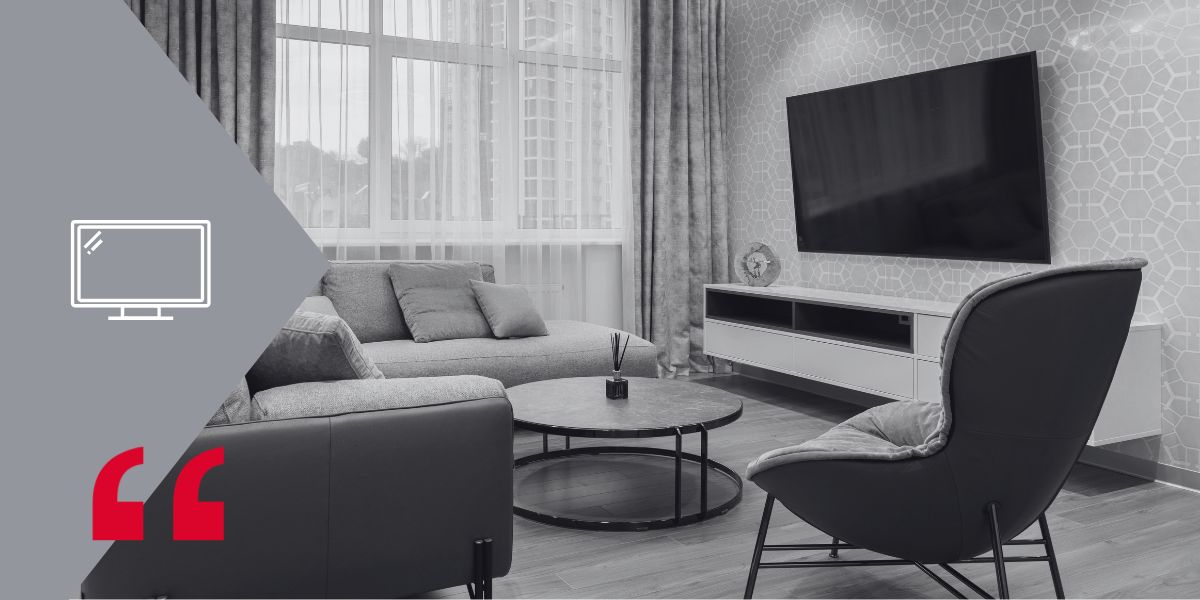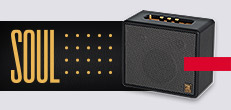Mounting your TV on the wall can save space, improve the room’s aesthetics, and provide a better viewing experience. However, not all TVs are suitable for wall mounting. In this article, we will explore the key aspects you need to consider to determine if your TV is suitable for wall mounting using TV wall mounts.
1. Checking VESA compatibility
VESA (Video Electronics Standards Association) compatibility is an international standard that defines the distance between the mounting holes on the back of the TV. Most modern TVs are VESA compatible, but it is crucial to verify this before proceeding. To do so, consult your TV’s user manual or check the model specifications on the manufacturer’s website. Common VESA measurements include 200×200, 400×400, and 600×400 mm. If your TV is not VESA compatible, you may need a special adapter or reconsider mounting it on the wall with specific TV wall mounts.
2. TV weight and size
The TV wall mount you choose must be able to support the weight and size of your TV. Manufacturers of TV wall mounts usually specify the maximum weight and screen size compatibility. It is important not to exceed these specifications to avoid accidents and damage. Make sure to weigh your TV and measure its diagonal size to select the appropriate mount. TV wall mounts come in a variety of sizes and load capacities, so it is essential to choose one that fits your TV’s specifications.
3. Type of wall
The type of wall on which you plan to mount the TV is also a crucial factor. Drywall, brick, concrete, and wood walls have different load capacities. It is essential to use the appropriate anchors and screws for the specific type of wall. In some cases, it may be necessary to reinforce the wall or install an additional plate to ensure a secure fix. For example, drywall may require special anchors or even wooden reinforcements behind the drywall to support the weight of the TVs and the TV wall mounts.
4. Access to ports and connectors
Before mounting the TV, consider how it will affect access to the ports and connectors. Some TV wall mounts allow easy access to the back of the TV, while others may make connecting additional cables more difficult. Plan the installation so that you can connect and disconnect devices without complications. Additionally, consider cable management to maintain a clean and organized appearance. Cable channels can be useful for hiding cables and avoiding clutter.
5. Professional installation vs. DIY
While mounting a TV on the wall can be a DIY project, in some cases it is advisable to hire a professional. An experienced installer will ensure that the TV is correctly mounted and aligned, avoiding risks and ensuring an aesthetic finish. If you decide to do it yourself, make sure to follow all manufacturer instructions and use the appropriate tools. Additionally, having a second person to help can be beneficial, especially when lifting and positioning the TVs on the TV wall mounts.
Conclusion
Mounting your TV on the wall can transform your entertainment space, but it is crucial to ensure that your TV is suitable for this type of installation. Verify VESA compatibility, the weight and size of the TV, the type of wall, and access to ports before proceeding. If you have doubts, consider hiring a professional to guarantee a safe and effective installation.
At Fonestar, we offer a wide variety of TV wall mounts compatible with different models and sizes. Check our online catalog to find the perfect mount for your TV.





